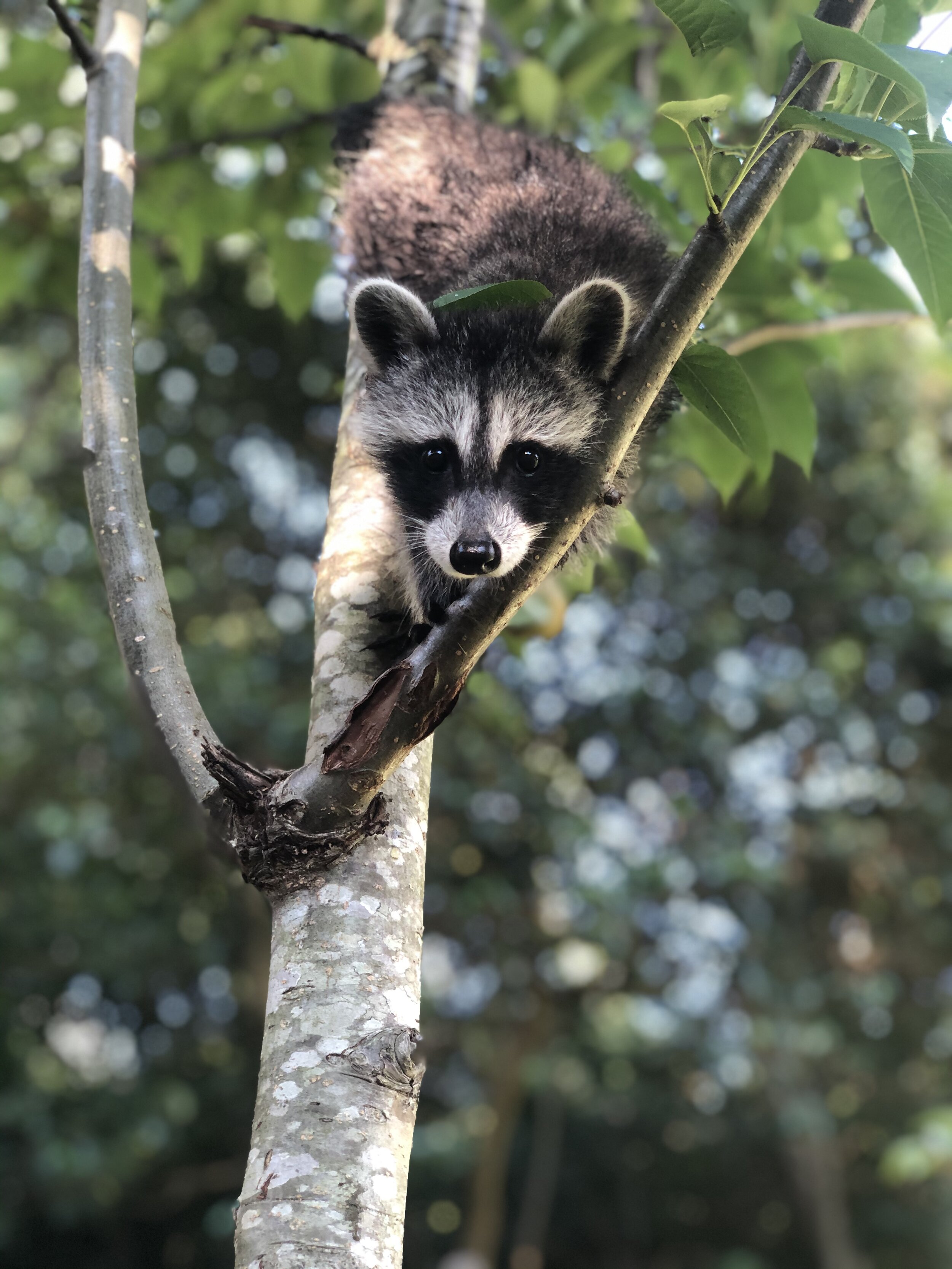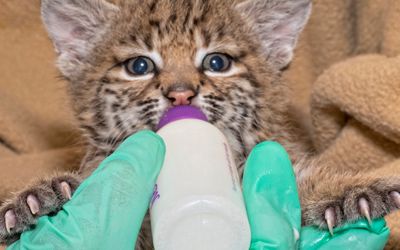Recognizing the Demand for Animal Control Burlington in Urban Environments
Recognizing the Demand for Animal Control Burlington in Urban Environments
Blog Article
The Function of Humane Wildlife Removal in Protecting Local Ecosystems
Humane wildlife elimination is not simply an ethical consideration but a critical part in safeguarding local communities. By prioritizing non-lethal methods, it addresses the delicate equilibrium in between human expansion and wildlife environment conservation.
Comprehending Human-Wildlife Problems
Human-wildlife problems usually arise when the all-natural environments of pets intersect with human activities, resulting in competition for resources and area. As urbanization and agricultural growth remain to encroach upon wild animals areas, animals such as coyotes, raccoons, and deer find themselves in closer proximity to human populaces. This distance can result in detrimental influences on both wild animals and human beings, as animals might trigger damage to plants, infrastructure, and personal effects while human beings may unintentionally harm wildlife with environment damage and various other anthropogenic pressures.
The intricacy of these conflicts stems from a variety of factors. Adjustments in land usage, climate adjustment, and the fragmentation of ecological communities commonly compel wildlife to adjust to new environments, often leading them into commercial or household locations. Furthermore, the schedule of human-generated food sources, such as garbage and family pet food, can bring in wildlife to human settlements, worsening communications and potential problems.
Dealing with human-wildlife conflicts needs a nuanced understanding of pet behavior, eco-friendly dynamics, and socio-economic considerations. By researching these preservationists, communications and policymakers can establish approaches that intend to reduce conflicts while protecting biodiversity and preserving eco-friendly equilibrium. The goal is to foster coexistence and reduce damaging effect on both human neighborhoods and wildlife populations.
Importance of Non-Lethal Techniques
Alleviating human-wildlife problems demands strategies that prioritize the wellness of both pets and human beings. Non-lethal methods of wildlife elimination personify this principles by providing options that prevent harm to wild animals while dealing with human issues. These methods include exclusion techniques, habitat alteration, and using deterrents to prevent wild animals from entering human atmospheres (animal control Burlington). By employing such methods, we can handle wildlife communications without considering dangerous procedures, thus preserving animal populations and minimizing honest issues related to murder.
Non-lethal approaches are vital in maintaining eco-friendly equilibrium. They make sure that species continue to accomplish their roles within ecosystems, such as managing pest populations or cross-pollinating plants. Moreover, these methods commonly prove much more effective in the long-term, as eliminating specific animals can produce a gap that is quickly filled up by various other participants of the types or various species altogether. This can lead to a cycle of recurring elimination initiatives, whereas non-lethal deterrents attend to the origin of wild animals visibility.
Furthermore, non-lethal methods foster conjunction by informing the public concerning wild animals behavior and encouraging unified living practices. This recognition can cause more lasting human-wildlife communications, eventually securing both neighborhood interests and pet welfare.
Benefits for Biodiversity
When non-lethal wildlife removal techniques are used, they add dramatically to biodiversity preservation. By making certain the safe relocation of animals rather than their elimination, these methods maintain environmental balance and protect the stability of ecological communities.

Furthermore, these methods cultivate coexistence in between human beings and wild animals, minimizing unfavorable interactions and maintaining the abundant tapestry of life that characterizes biodiverse areas. This technique motivates a deeper understanding and regard for wildlife, cultivating community support for conservation initiatives. Eventually, humane wild animals elimination is a crucial component in safeguarding biodiversity, making certain ecosystems continue to be lively and functional for future generations.
Approaches for Efficient Removal
Carrying out reliable strategies for gentle wild animals elimination requires an extensive understanding of pet habits and environment requirements. This expertise offers as the foundation for developing techniques that ensure the moral and secure moving of wild animals.
Another critical strategy is using exemption methods, which concentrate on securing entry factors to protect against pets from going back to frameworks. This technique not only deals with the prompt issue however likewise acts as a long-term service, decreasing future conflicts in between people and wild animals. The usage of non-toxic deterrents and repellents can encourage pets to abandon areas willingly, matching other elimination initiatives.
Capture and moving should constantly be a last hope, utilized just when pets posture a direct hazard or are incapable to exit on their own. In such instances, using gentle you could try here traps and ensuring the launch of animals in ideal habitats are vital to guarding their well-being. Cooperation with wild animals experts and adherence to lawful policies further boost the efficiency of these approaches.

Promoting Conjunction in Urban Locations
Promoting coexistence in city locations needs a diverse approach that stabilizes human advancement with the requirements of neighborhood wild animals. As urbanization continues to expand, it is essential to carry out strategies that mitigate human-wildlife problems while maintaining biodiversity. Urban policymakers and organizers should incorporate green areas, such as parks and wild animals hallways, into city styles to supply environments for indigenous varieties. These locations not just sustain wild animals however additionally enhance the high quality of metropolitan life by boosting air top quality and offering entertainment spaces for citizens.
Education and learning and a fantastic read understanding campaigns are essential in fostering a society of coexistence. Locals need to recognize the relevance of wild animals and the duty they play in neighborhood ecological communities. Workshops and informative sessions can gear up communities with expertise on just how to lessen conflicts, such as safeguarding garbage and using gentle deterrents to stop wild animals invasion.
Furthermore, innovation can play a significant duty in promoting coexistence. The use of wild animals surveillance systems, for example, can help track pet movements and educate metropolitan planning choices. Partnerships in between ecological organizations, city governments, and community teams can even more reinforce these initiatives, making certain that metropolitan growth advances sustainably while valuing the eco-friendly balance.
Conclusion
Humane wild animals removal is essential for preserving ecological balance and biodiversity by using non-lethal methods that minimize harm to pet populations. Comprehending human-wildlife problems and executing methods such as exemption strategies and habitat adjustment can effectively take care of these encounters. Such methods sustain the conservation of native varieties and their habitats, improving neighborhood involvement and awareness. Ultimately, advertising conjunction in metropolitan areas fosters a article source harmonious connection between people and the natural atmosphere, ensuring sustainable ecological communities for future generations.
As urbanization and agricultural growth proceed to intrude upon wildlife territories, pets such as raccoons, deer, and prairie wolves find themselves in closer distance to human populaces. Non-lethal techniques of wild animals elimination embody this ethos by supplying solutions that stop injury to wildlife while attending to human worries. By employing such approaches, we can handle wild animals interactions without resorting to deadly actions, thereby protecting animal populaces and reducing moral issues associated with killing.
Carrying out efficient strategies for gentle wild animals removal calls for a thorough understanding of pet actions and environment needs.Humane wild animals elimination is crucial for maintaining ecological equilibrium and biodiversity by employing non-lethal approaches that minimize injury to pet populations.
Report this page